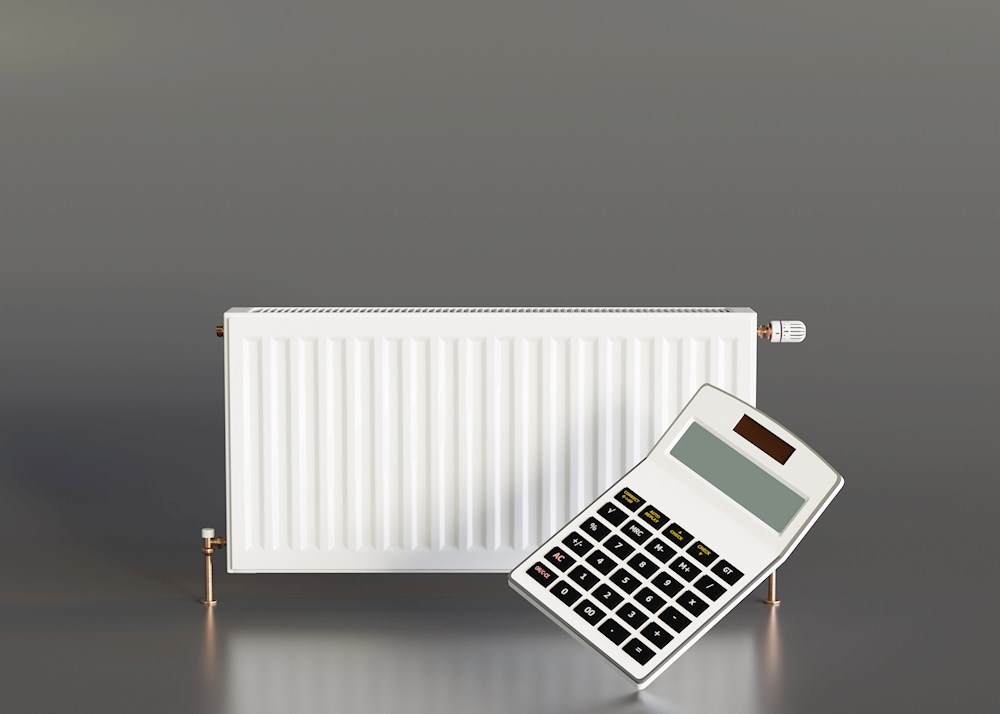Gasless living. Currently a "hot" item with gas prices that don't seem to have reached the ceiling yet. Are you considering switching from gas to another way of heating or even want to get rid of gas altogether? In this blog, we would like to explain how you can go about this, what the alternatives are and what the possible costs of gasless living are.
Table of Contents
Why a switch to gasless living?
Before the war between Ukraine and Russia broke out and the price of gas skyrocketed, there was already a climate agreement in place. This stipulated that we Dutch people should get rid of gas en masse in order to reduce CO2 emissions, with the aim that one-third of households would be gas-free by 2030. Twenty years later, by 2050, even all households should be off gas.
A home without gas, now what?
Those who no longer have gas available in their homes obviously need to arrange for alternatives (or have them arranged). The following are important for gas-free living:
An alternative to the traditional gas-fired central heating system. This can be low-temperature heating. The water in the heating system is then heated from 35°C to °55. Think of wall heating, floor heating and low-temperature radiators.
For this so-called low-temperature heating, you can use an all-electric heat pump. Be well informed and choose the right type of heat pump; there are currently five.
Another alternative to a gas-powered central heating system is a pellet boiler (not to be confused with a pellet stove). Instead of gas, the pellet boiler is fired with pellets. A pellet boiler can be combined with solar panels, a wood-burning stove and a buffer tank. It is a sustainable but also quite expensive solution. For the purchase of a pellet boiler, however, you can make use of an inexpensive sustainability loan.
Obviously, your home must be well insulated. Think of floor insulation, roof insulation, cavity wall insulation and HR++ insulation glass.
Do insulating measures need to be carried out on your home? The professionals at Zoofy are very knowledgeable and experienced in installing all forms of insulation.
When your home is properly insulated, your home should also be well ventilated using a ventilation system, preferably with heat recovery. Ventilation can also be done using ventilation grills.
Having solar panels installed, for example through Zoofy, is not only cost-effective, but also a sustainable choice. Solar panels are nowadays produced in an environmentally friendly way, are almost completely recyclable and cause no CO2 emissions. Solar panels can accommodate any future increase in energy consumption.
Those who are going off gas and were cooking on gas until then should switch to an induction cooktop. The professionals from Zoofy are happy to install and connect this and, if necessary, adjust the meter box for this.
What does gas-free living cost?
The table below gives some price examples of gasless living. No rights can be derived from these price examples of homes with different energy labels, carried out by Vereniging Eigen Huis. Per category is indicated which measures are needed to live without gas.
On average, according to current calculations by the Eigen Huis Association, the costs for a gas-free home are between € 17,000 and € 30,000. For an average family, these costs come to about € 20,000. Essent even mentions gasless living costs of € 40,000.
Homes with energy label A and B
- Self-contained heat pump, matching the new insulation value of the house
- Radiators suitable for low-temperature heating on the second floor
- Ten solar panels (does not apply to apartments)
Houses with energy label C and D
- Self-contained heat pump appropriate to the new insulation value of the home
- Radiators suitable for low-temperature heating on the second floor
- Cavity wall insulation
- Floor heating on the first floor
- HR++ insulating glass
- Ten solar panels (does not apply to apartments)
Homes with energy label E, F and G
- Self-contained heat pump, matching the new insulation value of the house
- Radiators suitable for low-temperature heating on the second floor
- Cavity wall insulation
- Roof insulation
- Ground floor heating
- HR++ insulating glass
- Ten solar panels (does not apply to apartments)
Until recently, when you were actually disconnected from the gas by your energy supplier, you usually received a hefty bill for doing so. Amounts starting from €1,000 were not uncommon. To encourage gas-free living, you no longer have to pay for the safe removal of your gas connection.
